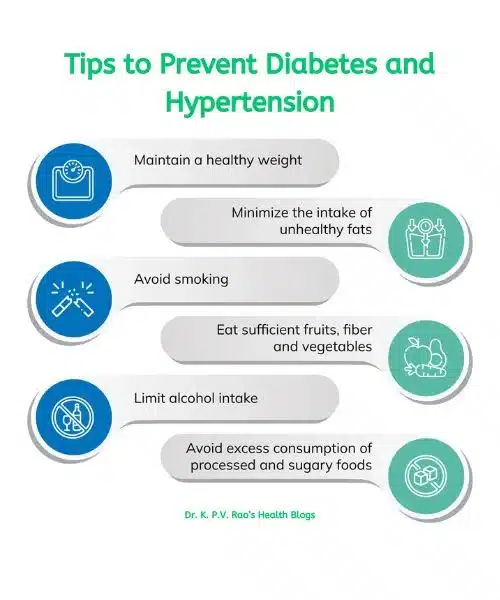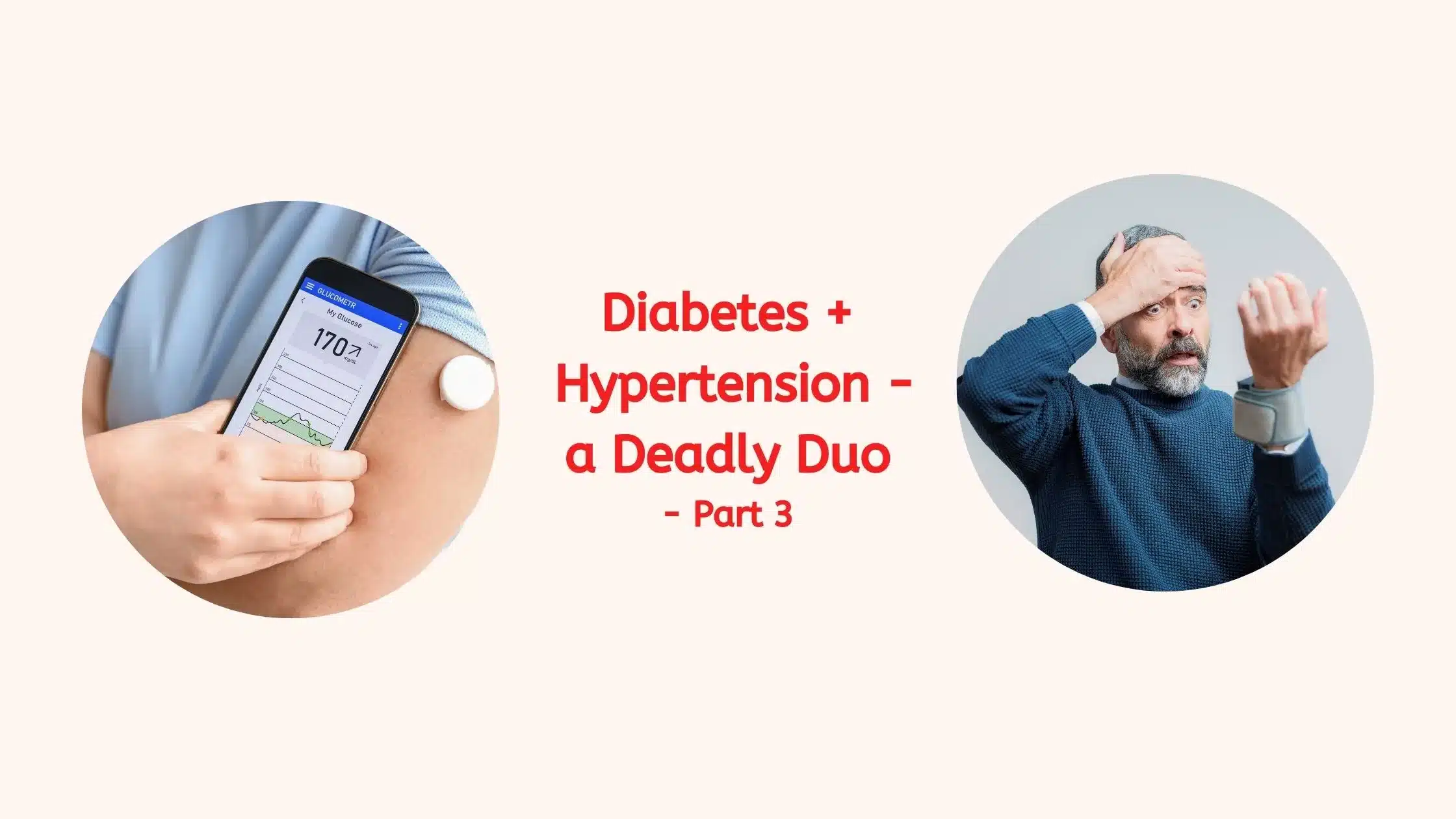How to prevent its effects
In my last post, I discussed a few important laboratory tests related to diabetes and hypertension. It is important to note that a few conditions like Obesity, Hypothyroidism add fuel to the fire created by diabetes and hypertension.
Let’s learn now what happens after we eat food, how the sugar in food is used by our body and what happens if there is excess of some components of the food consumed.
What happens to the food we eat? How does it give us energy?
The food we eat is broken down into nutrients during digestion. These nutrients are then absorbed into the bloodstream. Through various biological processes, collectively known as metabolic activity, these nutrients are converted into different components like glucose, amino acids and fat molecules.
Out of these, some components like glucose and fats are used by the cells of various tissues to provide energy that our body can use. Amino acids provide protein that serves as building blocks to our tissue cells for growth of our body.
What happens if we consume excess sugar?
The excess sugar we consume gets converted partly into glucose and the rest glycogen and is stored in the liver and fatty tissues surrounding the organs in the abdomen to be used for future use to produce energy, say during workouts like exercising, walking, etc.
Sugar consumption in excess can lead to a variety of negative health effects such as weight gain, increased risk of obesity, tooth decay, and an increased risk of developing chronic diseases like diabetes and heart disease.
What are the fats that we should have and what should we avoid?
Like sugar, another component of our diet that has positive or negative influence on our heath is Fats.
Again, among the fats we have-
1] Healthy fats and
2] Unhealthy fats.
Let’s see what these are:
Healthy fats:
Fats that we should include in our diet are-
- monounsaturated fats,
- polyunsaturated fats,
- omega-3 fatty acids.
Including healthy fats like monounsaturated fats, polyunsaturated fats, and omega-3 fatty acids has several benefits.
They help with
- maintaining good heart health,
- reducing the risk of chronic diseases,
- supporting brain function and development,
- promoting hormone production,
- aiding in nutrient absorption, and
- supporting overall bodily functions.
Unhealthy fats:
Fats such as saturated fats, trans fats are considered unhealthy for using in our regular diet. They are mostly available to us through ready-made snacks like bakery products such as biscuits and pastries.
Using unhealthy fats leads to
- Increased risk of heart disease,
- elevated cholesterol levels,
- weight gain,
- inflammation in various parts of body like joints, heart, liver, etc., and
- decreased overall health.
For more on fats, you can read this article: Prudent Diet-Fats
These dietary factors such as excess sugary products and fatty food cause a spike in blood sugar level and if not controlled can lead to diabetes and hypertension in future.
So, if we consume a lot of sugary and fatty foods and do not exercise, these get accumulated in the liver and abdominal fats till a point where there is no space to store it and then it circulates freely in the blood.
This is reflected in our blood tests as we an increase in blood sugar levels and cholesterol.
Raised blood sugar, often termed as hyperglycemia can present in various ways, such as-
- Pre-diabetes
- Type1 Diabetes and
- Type 2 Diabetes
It has adverse effects on different parts of our body by a mechanism called microangiopathy [disease of small blood vessels called capillaries supplying blood to organs like eyes,brain,kidneys,heart etc.] causing conditions such as-
- retinopathy[in eyes leading to blindness],
- nephropathy[in kidneys leading to kidney failure],
- stroke [in brain leading to paralysis] or
- cardiomyopathy [in the heart leading to heart failure or heart attack]. Raised blood cholesterol has similar effects with fatty liver in addition.
Why does diabetes cause hypertension?
Diabetes can cause hypertension due to various reasons, such as insulin resistance, kidney dysfunction, and arterial stiffness.
Diabetes causes hypertension due to increased blood vessel constriction and fluid retention.
Elevated blood sugar levels damage the blood vessels, making them less elastic and more prone to constricting. This constriction restricts blood flow and increases blood pressure.
Additionally, high blood sugar levels lead to hardening of arteries due to a condition called atherosclerosis, which further contributes to hypertension. These factors combined can lead to the development of hypertension in individuals with diabetes.
Conclusion
Can we prevent these conditions? The picture below will show what we can and what we cannot do:-

Regular exercise and a proper diet along with medications, regular blood checkups and visits to your family physician can control the after-effects of both diabetes and hypertension.
Having said this, I will discuss how one should exercise and what one can eat in diabetes and hypertension in my next post. If you have any doubts or queries, be free to do so in the add comment section. I will gladly reply to your queries and help you lead a better life.

